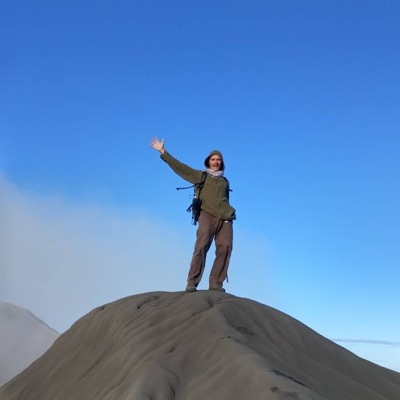The Line: Exploring Zanskar
-
“In recent years, the peaks of Zanskar have seen increasing popularity with mountaineering expeditions. Despite this, there are still plenty of unclimbed summits from 5,500m to 6,500m….”
That’s the start of a report for AAJ 2025 from Matic “Matija” Jošt from Slovenia, who has completed four exploratory expeditions to Zanskar, in the southwest of Ladakh, India, in the last decade. Jošt’s detailed, photo-rich trip reports have prompted a lot of recent activity (including three additional reports in the upcoming AAJ). Below, we offer highlights from Jošt’s latest exploration, plus a brief Q&A with the man himself.
“Uroš Cigljar, Tilen Cmok, Boštjan Dečman, Nejc Škrablin, Tomaž Žerovnik, and I arrived on July 7 at base camp in the Chhogo Tokpo, the eastern branch of the Haptal Tokpo. [Tokpo is a word for “valley” in this area of India.] While several parties had visited adjacent valleys and climbed a few peaks on the watershed ridges with the Chhogo, the only reported climbing expedition to visit the Chhogo valley was an Indian-Romanian team in 2016 that climbed one peak and attempted another (AAJ 2017).
“A very complex 6,431m mountain known as T16 was our main objective. [Peaks above various Zanskar valleys were numbered by Kimikazu Sakamoto, whose teams made exploratory expeditions in Zanskar from 2009 to 2016; Sakamoto published the first climber-friendly topographical sketches of these mountains.] The lower south summit was climbed by Romanians Cosmin Andron and Cristina Pogacean in 2016, but the easiest approach to the main top appeared to lie up the south slopes above the Khapang Glacier, east of the Chhogo valley. The big riddle was finding a suitable passage from the Chhogo to the Khapang, and we decided to devote part of our acclimatization to solving this problem.
“Aiming for a col on the ridge south of T16, we hiked up a side glacier, passing the route climbed by the Romanians, and climbed a 300m west-facing gully (300m, D+ 60° M3) to reach the col (5,836m). From there, it would be easy to descend to the gentle Khapang Glacier and traverse over to T16’s main peak.
“The whole team returned to the col camp on the 14th, and the next day, in perfect weather, we climbed south-facing slopes above the Khapang Glacier and along the east ridge to the summit of T16 (600m, D+ 60°). Our expedition had been organized by a club from the Slovenian town Šentjur, so we named our route Šentjurka (900m, D+). We later encouraged people in the nearest village, Tungri, to suggest a name for the peak, and they came up with Skarma Mindruk Ri. (Skarma is “star,” and Mindruk is a specific star in the constellation of Pleiades.) Maybe the name will catch on.”
Later in this expedition, Jošt and Žerovnik crossed a different col to reach the Korlomshe Tokpo, where a British team in 2015 had attempted what they called a “Matterhorn-like peak.” The Slovenians climbed the east face and south slopes to reach the 6,130m summit. “We named the route Charlatan De Balkan (500m, D+ 60° ice) after an album by a popular Slovenian group,” Jošt writes. “As the peak was absolutely nothing like the famous Swiss mountain, we named it Antimatterhorn.”
Team members also attempted the west face of unclimbed Peak 5,435m, close to base camp, and made the first ascent rock tower east of camp, which was dubbed Ibex (5,321m).
By July 24, most of the party had left base camp. “Although I’ve been climbing around 45 years, I don’t have much experience with soloing, but I decided to try the north face of T9 (6,107m), which I had seen from the Antimatterhorn approach,” Jošt writes in his report. “I left base camp at 1 a.m. on the 25th, carrying two axes but no rope. The north face became icier and brittle the higher I climbed, but at 8:30 a.m. I reached the west ridge. The upper section of this ridge was rockier, but in one hour I was standing on the summit.” Uncomfortable with downclimbing the north face he had ascended, he headed down a couloir on the southwest face to a neighboring glacier, traversing the mountain, and made it back to base camp by 3 p.m.
“The locals suggested the name Spao Ri for the peak. It means “brave mountain.” I named the route Old and Abandoned (700m, TD II/III 75° ice). Why? Because I’m not young anymore.”
Jošt’s comprehensive report from the 2024 expedition, in...
https://americanalpineclub.org/news/2025/1/21/the-line-zanskar
-
 S Sport Channel shared this topic on
S Sport Channel shared this topic on
 J JDS shared this topic on
J JDS shared this topic on